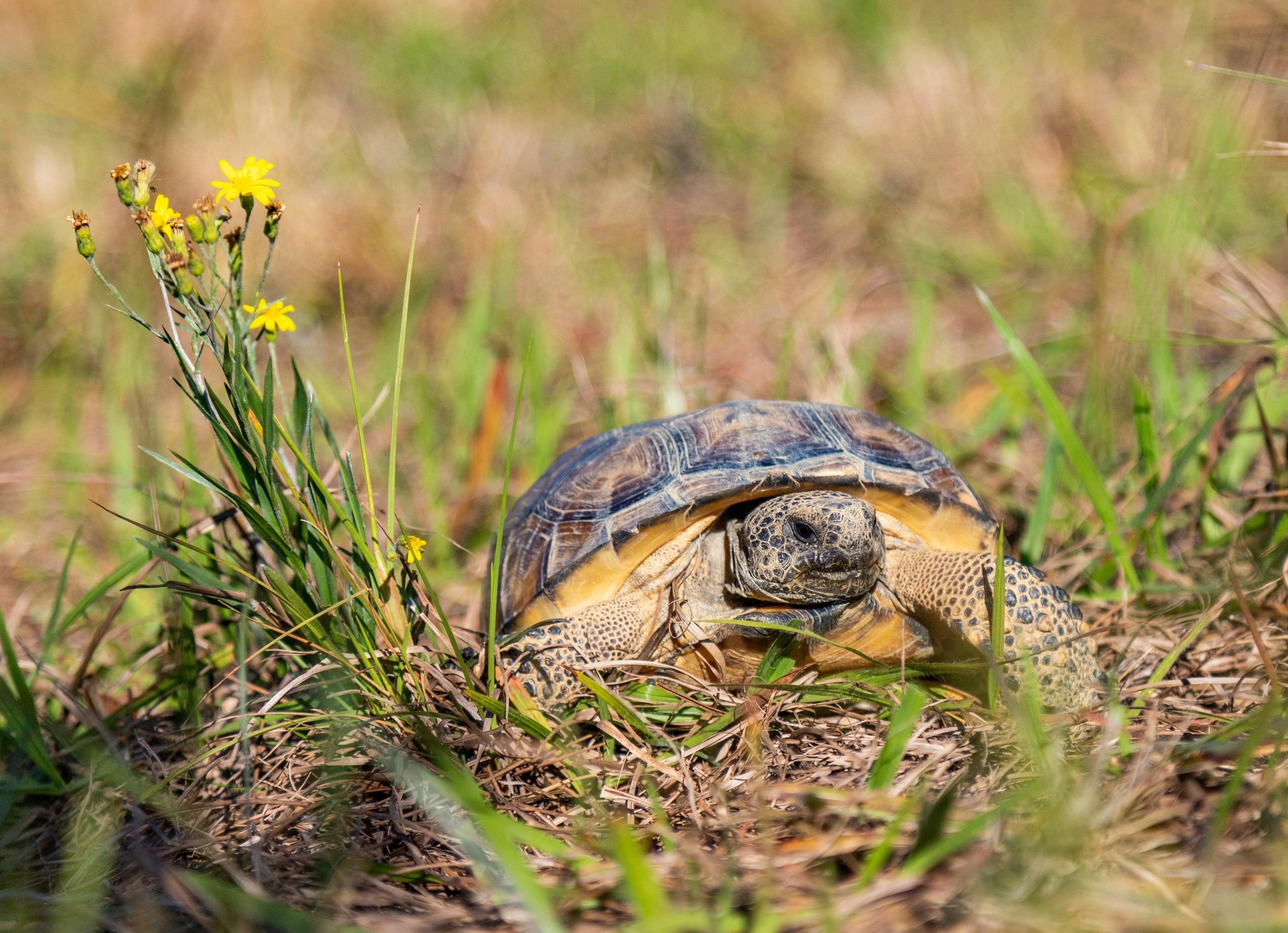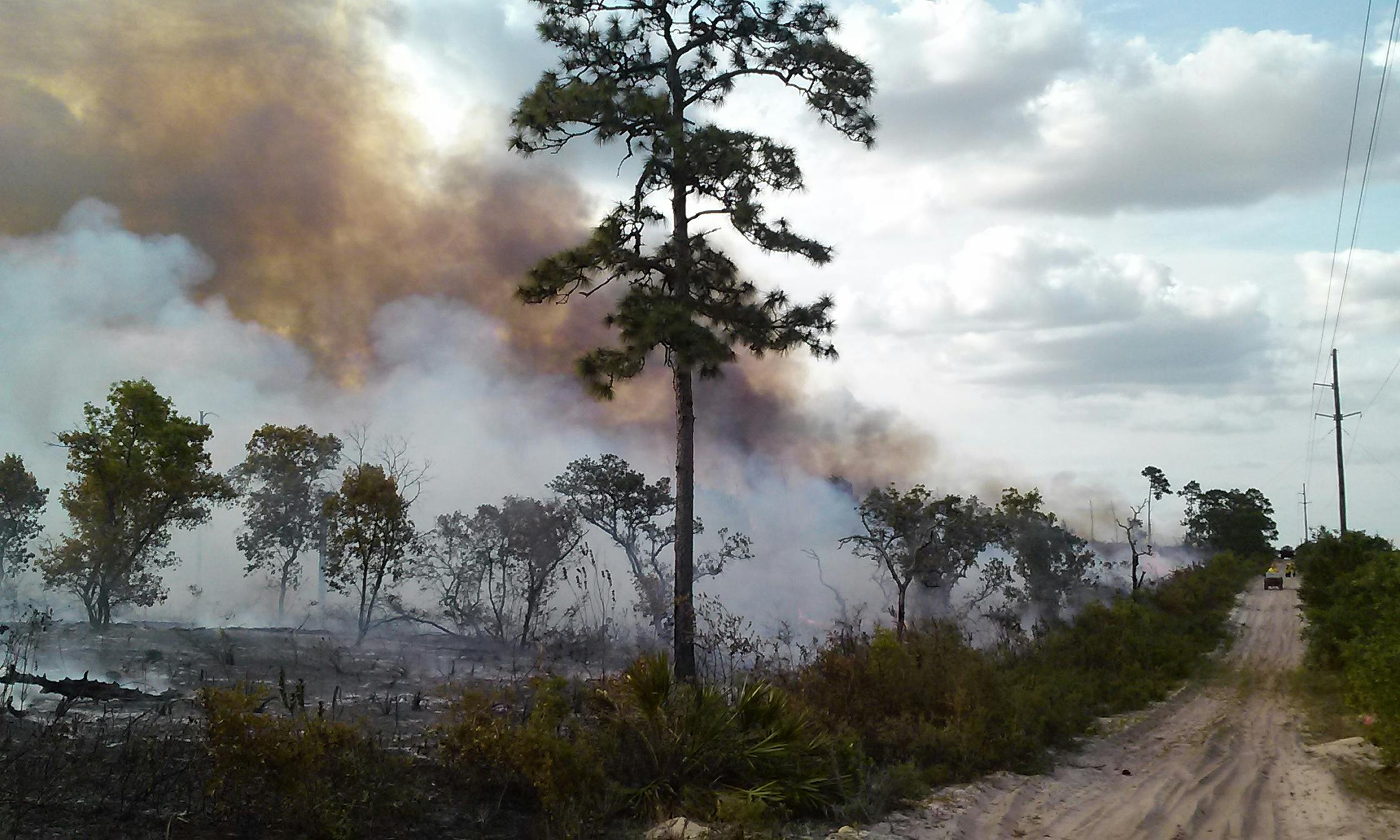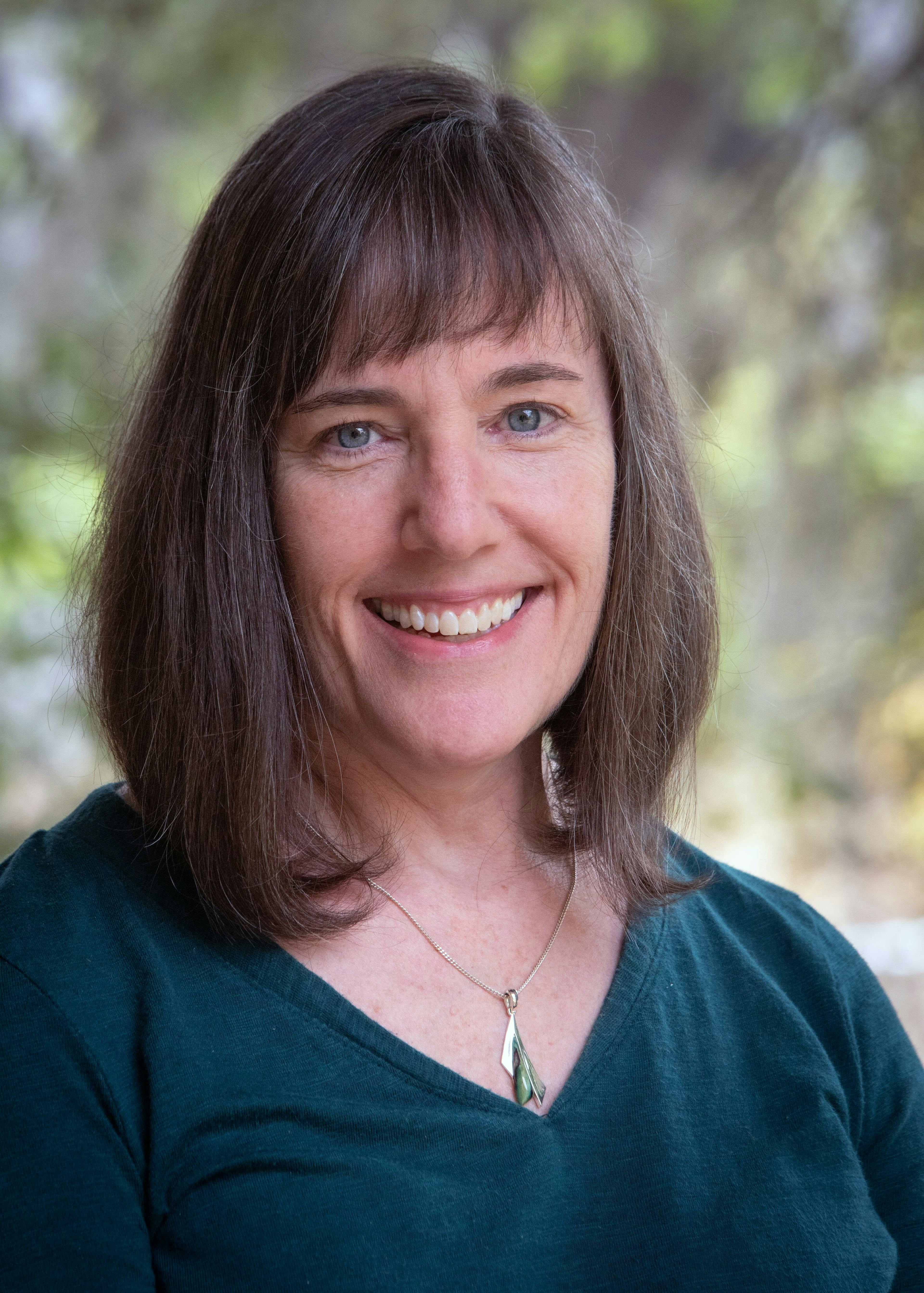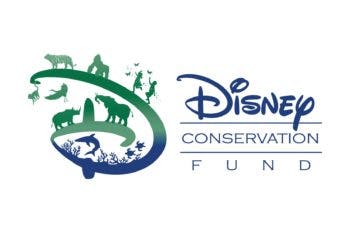 Credit: Haoyu Li
Credit: Haoyu LiRestoring Tortoise Habitat
Tracking how Gopher Tortoises respond to restoration of fire-suppressed sandhill
Despite wide recognition of the benefits of prescribed fire for native, upland species, there are no specific blueprints to follow when restoring habitats degraded by human activities. Red Hill at Archbold is a rare southern ridge sandhill community with a long history of fire suppression. We started monitoring resident Gopher Tortoises and phasing in controlled burning in 2013. We aim to show how re-establishing natural fire regimes and carefully managing human-disturbed habitat can boost the long-term viability of small, isolated Gopher Tortoise populations.
Major Findings & Impact
Boosting the Gopher Tortoise population on Red Hill will benefit many other animals that rely on this keystone species. Over the first 10 years, we saw promising increases in densities of burrows and tortoises suggestive of immigration and enhanced recruitment. Analyses of telemetry data are underway. Expansion of invasive grasses has slowed the restoration effort. Mowing and burning should be carefully timed to suppress seed production of invasive plants and to avoid negative impacts on Gopher Tortoises.
Project Details
More about this project
Data and Analysis Types
Pre- and post-fire burrow densities, tortoise densities, habitat use and home ranges of juvenile and female tortoises (telemetry), nest locations
Primary Location(s)
Archbold Biological Station
Years Active
2013-Present
Related People
 Photo by: Betsie Rothermel
Photo by: Betsie RothermelFeatured Publications
“Another intriguing aspect of these observations is that these juveniles moved out of more open, restored sandhill into unburned sandhill, after living in restored sandhill for over a year. All three moved in the same direction (westward and downhill) through areas of long-unburned, overgrown sandhill, taking shelter in brush piles or dense vegetation or hiding at the base of palmettos under leaf litter… Determining the age range of dispersers, the habitats they move through, and how far they can go is valuable for understanding landscape-scale connectivity and gene flow between Gopher Tortoise populations.”





.png&w=3840&q=75)